Different types of cabbage are distinguished by maturity, development conditions, appearance. A head is formed in the head in the center, which grows into a head. The leafy species forms many leaves growing from the stem.
Cauliflower consists of branches, at the end of which peduncles grow. The optimal time for sowing seeds for each species is different.
Content
Cabbage planting by region
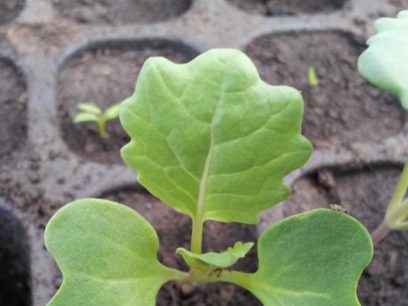 To determine the date of sowing, you need to take into account the time of vegetation of cabbage, the requirements of plants for heat and light, the timing of growing seedlings. Early cabbage for seedlings, with ripening periods of 70-90 days, sown in February or early spring. Harvested in June. Such vegetables can be planted twice a season. When planting seeds in June, vegetables are harvested in September.
To determine the date of sowing, you need to take into account the time of vegetation of cabbage, the requirements of plants for heat and light, the timing of growing seedlings. Early cabbage for seedlings, with ripening periods of 70-90 days, sown in February or early spring. Harvested in June. Such vegetables can be planted twice a season. When planting seeds in June, vegetables are harvested in September.
Mid-season cabbage ripens longer, approximately 110-150 days. The planting dates from mid-March to April 20, cut the fruits in July-August.
Late hybrids need 150-180 days to mature. Seeds are planted all April. Late cabbage is grown in the southern regions, where you can harvest until November, without fear of frost. In the Siberian region, late varieties of vegetables are grown in greenhouses.
Dates of sowing cabbage for seedlings
| Types of cabbage, seedling age in days | South | Siberia Ural | Middle lane | Moscow region |
Lenin city area |
to Belarus |
|
White-headed 45-50 |
15.02-10.03 | 10.04-20.04 | 20.03 – 05.04 | April 5-10 | April 10-20 | 01.03-15.03 |
|
Savoy 35-45 |
05.03-20.03 | 10.04-25.04 | 25.03-10.04 |
5-15 april |
15.04-25.04 | 15.03-20.03 |
|
Color 45-50 |
01.04-15.05 | 25.04-15.05 | 07.04 -10.05 | 20.04-30.04 | 30.04-15.05 | 05.04-20.04 |
|
Kohlrabi 30-35 |
10.03-15.04 | 10.05-15.05 | 25.04-10.05 | 25.04-13.05 | 25.04-15.05 | 05.03-15.04 |
|
Broccoli 35-45 |
15.03-15.04 | 15.04-15.05 | 25.03-15.04 | 20.03-15.04 | 01.04-20.04 | 10.03-15.04 |
|
Krasnokochan naya |
15.03-25.03 | 10.05-20.05 | 20.04-30.04 | 25.04 – 30.04 | 25.04-01.05 | 10.03-10.04 |
|
Brussels 45-50 |
20.03-15.04 | 25.04-10.05 | 20.03 -20.04 | 15.04-20.04 | 20.04-30.04 | 15.03-20.04 |
Seeds of white cabbage, red cabbage, Brussels sprouts for seedlings are sown in the early stages starting in March. These species are cold-resistant, withstand frosts up to - 3 * C. These include varieties of Savoy cabbage. In the southern regions, seed material is planted immediately in open land after March 10-15, depending on the weather, when the land warms up to +13 * С.
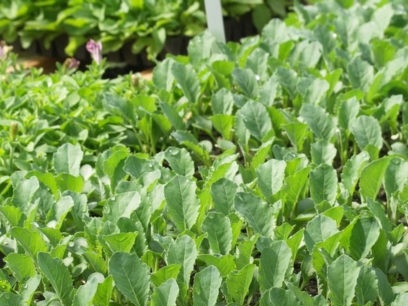
Landing time cauliflower seedlings displaced for 2-3 weeks from other species. It is thermophilic, hard to tolerate temperature fluctuations and cold.
Beijing cabbage is planted on seedlings in June. Only vegetables planted in early summer are stored longer than those planted in the spring. The Chinese beauty is sensitive to light, she needs a daylight hours of 14 hours.
Seeds of kale are planted from mid to late April. A curly look is resistant to frost. Kohlrabi for seedlings and broccoli for seedlings in the southern parts of the country begin to plant from March 15. In the north, it is grown only in greenhouses, starting on May 10.
In the Voronezh and Saratov regions, vegetables are sown on beds in April. For planting cabbage for seedlings in Siberia and the Altai Territory, planting operations are postponed until mid-April. Landing brussels sprouts it is difficult for the northern regions, because the vegetation period reaches 170-180 days. In the Moscow region, in the Leningrad region and in the central zone of Russia, the sowing process takes place throughout April. In Belarus, sowing of seed material begins in the first days of March.
Lunar cabbage planting in 2024
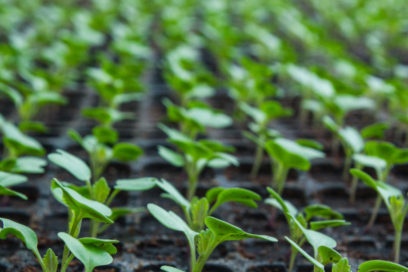 Gardeners often began to pay attention to the phases of the moon, which affect the future crop. It is possible to determine when to plant cabbage for seedlings in 2019 according to the lunar calendar according to the phases of the increasing satellite of the Earth.
Gardeners often began to pay attention to the phases of the moon, which affect the future crop. It is possible to determine when to plant cabbage for seedlings in 2019 according to the lunar calendar according to the phases of the increasing satellite of the Earth.
Favorable days for planting cabbage in 2019 according to the lunar calendar (all types):
- You can sow cabbage seeds in February at the beginning of the month of the 6-8th day, in the middle from the 15th to the 17th, and 23-25. It is not recommended to sow February 4, 5, 19.
- In the first month of spring, seed material is sown on 8,9,10,11,12, in the middle from the 15th to the 18th, in the last days of March 27-29. It is not advisable to plant seeds of 6,7.21 numbers.
- In April, sowing days are from 6 to 13, from 15 to 18, from 24 to 26 and 29, 30 of the day. Landing on the 5th and 19th is prohibited.
- May is rich in good days, almost the whole month you can do gardening. In May 2019, there were only two adverse days - 5.19.
- In June 2019, you can sow the seeds a second time, and in the middle of autumn to collect vegetables. Landing days: 5-6; 9-15; 22-25. Resting from garden work on June 3, 4, 17.
Conditions for the development of cabbage seedlings
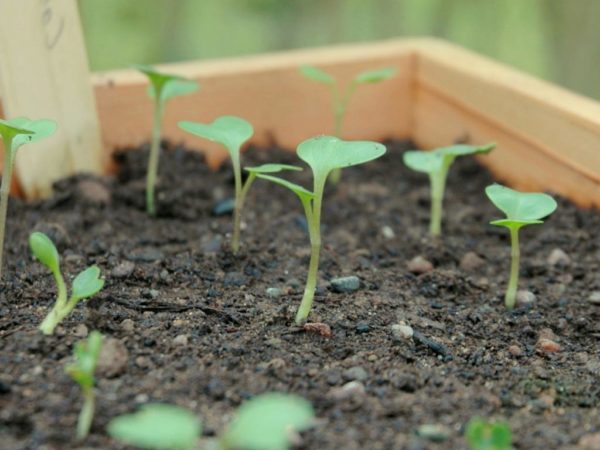 Mid-season varieties are suitable for summer salads, for pickling and salting. Early hybrids are less productive, heads of cabbage are smaller, not dense. Late vegetables are stored for a long time - throughout the winter. They are suitable for cooking first courses, salads, pickling.
Mid-season varieties are suitable for summer salads, for pickling and salting. Early hybrids are less productive, heads of cabbage are smaller, not dense. Late vegetables are stored for a long time - throughout the winter. They are suitable for cooking first courses, salads, pickling.
The selected variety must be zoned. When buying seed, the climate of the region, disease resistance, and yield are taken into account. It is better to purchase quality goods from well-known manufacturers.
Priming
The soil should be suitable for the planted type of vegetables. Contain nutrients, minerals, microflora. You can buy a finished substrate, or cook it at home. The soil must be breathable, light, disinfected, with a pH level of 6-6.5.
Soil mix recipe:
- 1 part of garden land (turf);
- 1 part humus;
- a spoonful of ash per 1 kg of the mixture;
- mix everything.
Other soil options:
- 20% of the land, 70% of peat, 10% of sand.
- Humus, the land 1: 1.
- Sod, humus, peat 1: 1: 1.
- Soil from the garden 70%, 10% sand, 5% lime; 15% ash.
Ash is an excellent antiseptic against fungus. The additive serves as a source of trace elements. For disinfection, the earth is frozen or watered with a weak solution of manganese.
Presowing preparation
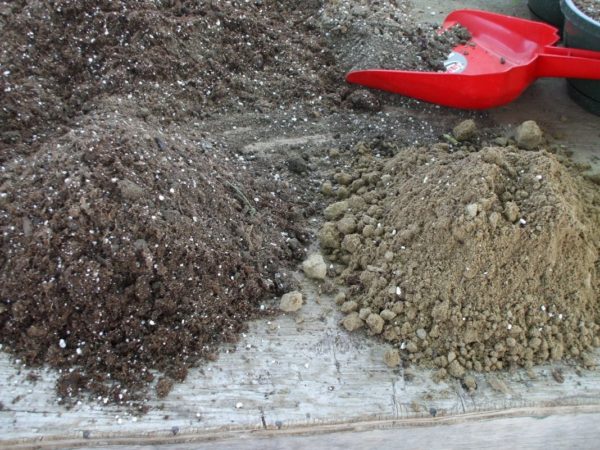 Seeds purchased at the store have already been processed and no further action is required. Processed seeds of bright color. If they are natural shades, then it is better to play it safe and hold them in hot water for 50 * C for 5 minutes, then dry.
Seeds purchased at the store have already been processed and no further action is required. Processed seeds of bright color. If they are natural shades, then it is better to play it safe and hold them in hot water for 50 * C for 5 minutes, then dry.
Seeds collected on their own pickle. They are kept for 6-7 hours in a solution of Fitosporin. You can use potassium permanganate. Put the seed in gauze, dip in a weak solution of manganese for 20 minutes, then wash and dry. For rapid germination, the seed is placed in a nutritious composition: a teaspoon of fertilizer, 1 liter of water. Leave for a day, washed, dried.
Container selection
Tanks without drainage, high, large or small, are not suitable for growing seedlings. Such containers can kill young animals. Choose the optimal pot size.
Varieties of packaging, pros and cons:
- Boxes or containers are good because they save space; several seedlings are placed at once. But in the process of growth, the root system can be intertwined, and when picked, the roots are damaged.
- Pots - no plant transplants are needed, the roots are spacious. Individual pots take up a lot of space. Use a container of 10 cm by 10 cm, provide drainage holes. Such requirements apply to plastic cups.
- Peat pots and pills are rich in nutrients. When transplanting into the soil, it is not necessary to get a seedling, they plant it directly with peat in the ground. It is necessary to monitor watering, with abundant moisture, the pots become sour, and with drought they become crumpled.
- Cartridges are breathable, each plant has an individual department. But tanks take up a lot of space on the windowsill.
Various auxiliary products are used for disembarkation: plastic boxes, containers for juice and milk, bottles, cans, and packages. Such packaging does not require cash costs, but the quality of the products remains in doubt.
Sowing and picking
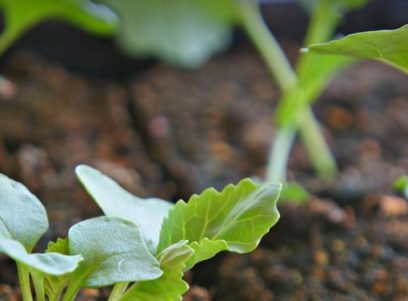 The soil is placed in a container, watered. Deepen the seed by 0.5-1 cm into the ground. Seeding depth should not exceed two diameters of seeds. You can cover with a film until sprouts appear. When sprouts appear from the seeds after 7-10 days, the film is removed, watering is reinstated.
The soil is placed in a container, watered. Deepen the seed by 0.5-1 cm into the ground. Seeding depth should not exceed two diameters of seeds. You can cover with a film until sprouts appear. When sprouts appear from the seeds after 7-10 days, the film is removed, watering is reinstated.
When the seedlings appear, a dense planting must be thinned out. Leave one copy in the area of 2 cm by 2 cm.
After 15 days, when the seedlings grow, they dive into separate containers. Carefully removed from the ground so that the thin roots are not damaged. Transplanted according to the scheme 3 cm by 3 cm.
Lighting and temperature
They put containers on the southern windowsills, where there is more light and heat. It is advisable to put a stand under the boxes, and not put them on a cold surface. The daylight hours for seedlings should be 14-16 hours. If the day is short, then the seedlings are additionally illuminated with lamps.
The optimum room temperature for seedlings is 16-18 degrees, it is not scary if the temperature drops at night to + 10 * C. Differences in temperature regime harden seedlings, strengthen immunity, plants will not go quickly to growth. High temperatures are harmful to cabbage seedlings. The exception is cauliflower. For her, fluctuations in temperature indicators are dangerous, during the day at least 19-20 * C, at night + 16-17 * C not lower.
Watering
Young animals are watered for the first time a week after planting seeds. Water is used warm 20-22 * C, standing, melt or rain. Watering is necessary as needed, every 3-4 days. If the soil is wet, then watering is canceled, a humid environment like a fungus.
In order not to overfill, they often loosen the earth, ventilate the room. Fresh air is needed for seedlings. But drafts should not be allowed.
Top dressing
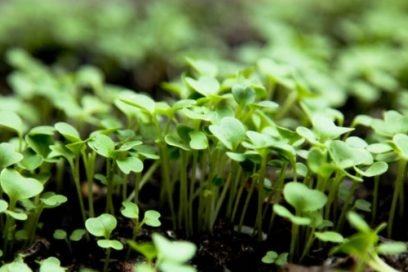 In the seedling period, plants are especially in need of nutrition. You can buy a ready-made mixture of complex fertilizers, make it strictly according to the instructions. Fertilize for the first time a week after a dive. Per liter of liquid, 2 g of potassium, 2 g of saltpeter, 4 g of superphosphate. For 50 seedlings, 1 liter of solution is enough.
In the seedling period, plants are especially in need of nutrition. You can buy a ready-made mixture of complex fertilizers, make it strictly according to the instructions. Fertilize for the first time a week after a dive. Per liter of liquid, 2 g of potassium, 2 g of saltpeter, 4 g of superphosphate. For 50 seedlings, 1 liter of solution is enough.
Young animals are fertilized a second time 15 days after the first feeding. Prepare the same composition as the first time. If the leaves began to turn yellow, then you can feed with a 1:10 manure solution.
The third feeding is carried out 4-5 days before planting on the beds. The composition is prepared per 1 liter of water: 5 g of superphosphate, 3 g of nitrate, 6-7 g of potassium. This is done to strengthen the seedlings in open soil.
Seedlings are tempered 10-12 days before planting in the garden. In the first two days, open the window for 3 hours. Then they take out to the balcony for 2 hours and every day the time spent on the street is increased by half an hour. When the sun is shining, gauze seedlings are shaded.
The main problems when caring for seedlings
It is not difficult to grow strong and healthy seedlings with a developed root system. Mistakes made during growing cabbage seedlings can weaken the development of seedlings, lead to diseases, ruin the future crop.
Common mistakes:
- the cabbage variety is selected incorrectly;
- purchase of low-quality seeds;
- nutrient-free soil;
- unsuitable packaging, lack of drainage holes;
- seeds and soil did not pass disinfection;
- the seeds are deeply buried, they will not be able to penetrate the soil layer, they will die;
- a thickened planting prevents seedlings from developing normally, they are cramped, growth slows down;
- watering with cold, chlorinated water is detrimental to seedlings;
- excessive moisture causes fungal diseases;
- little light, cold, drafts;
- lack of fertilizers will slow down the development of plants;
- damage to the roots when diving or transplanting to beds.
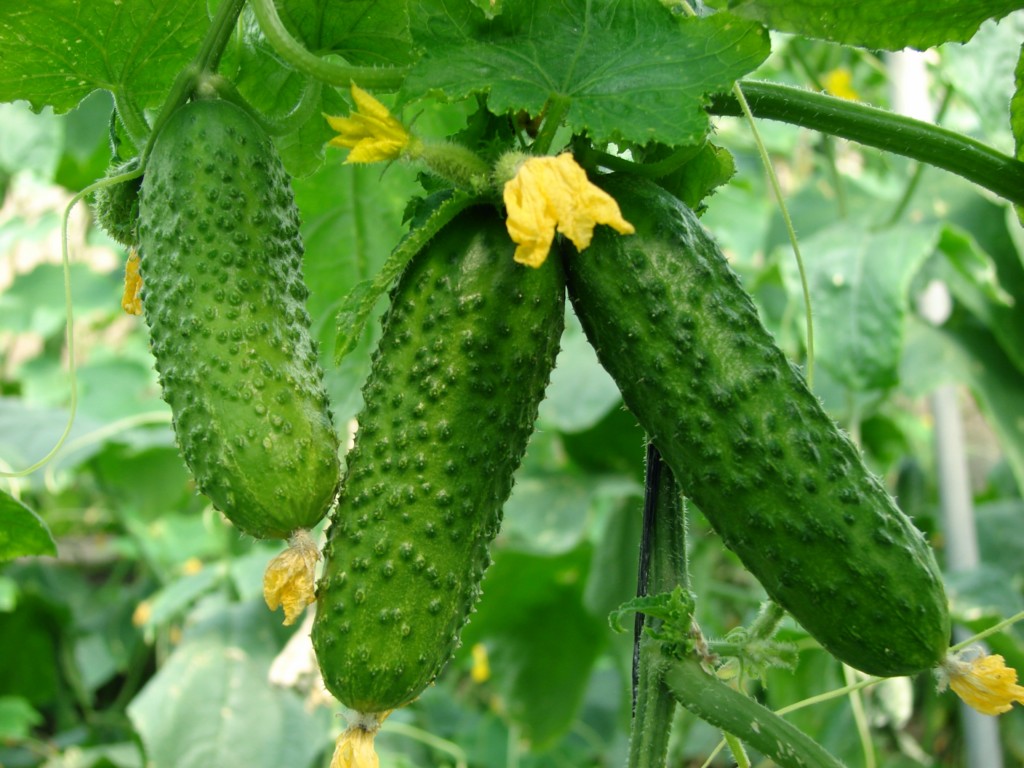 You may be interested in:
You may be interested in:Overgrown seedlings break when transferred to the garden. She takes root in a new place for a long time, poorly adapts to new environmental conditions. It is possible to halt the rapid growth of seedlings using hardening. Healthy seedlings need 30-40 days for growth, then it is transferred to the beds. All subsequent procedures are aimed at growing high-quality, strong fruits for harvesting a plentiful harvest.

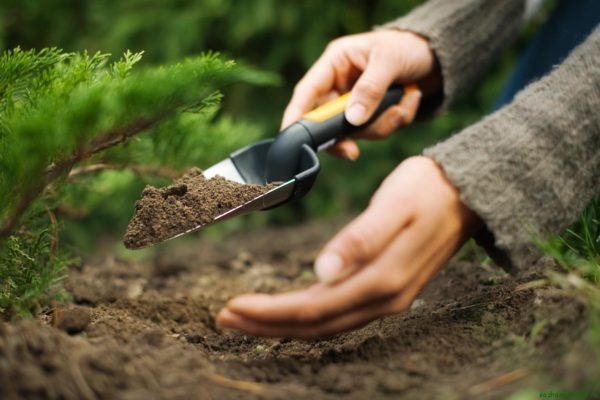 Sowing calendar for August 2024
Sowing calendar for August 2024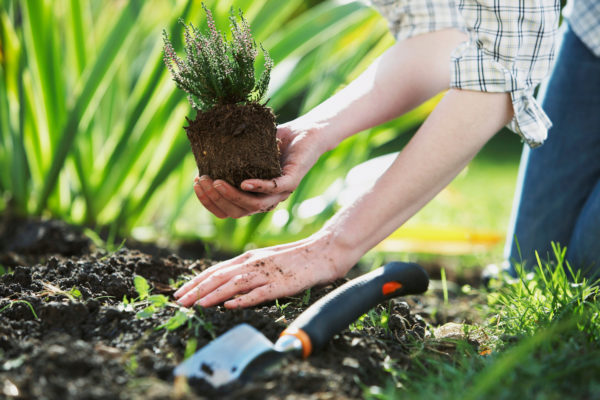 Sowing calendar for June 2024
Sowing calendar for June 2024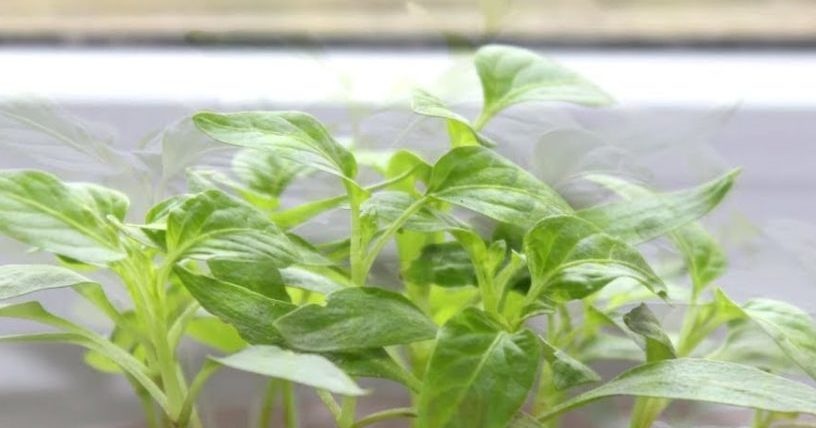 Sweet pepper (Bulgarian) - planting dates for seedlings and the lunar calendar 2024
Sweet pepper (Bulgarian) - planting dates for seedlings and the lunar calendar 2024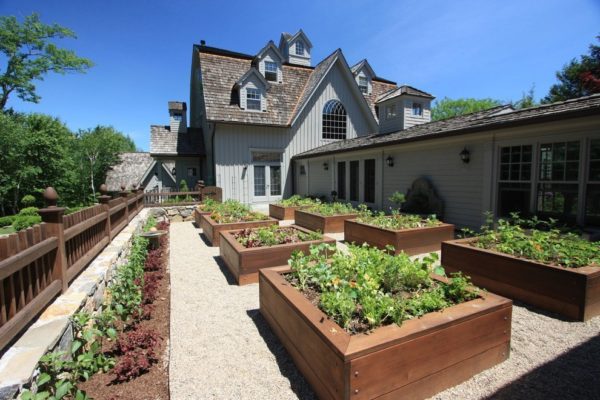 Boarding days in June 2019: favorable days
Boarding days in June 2019: favorable days